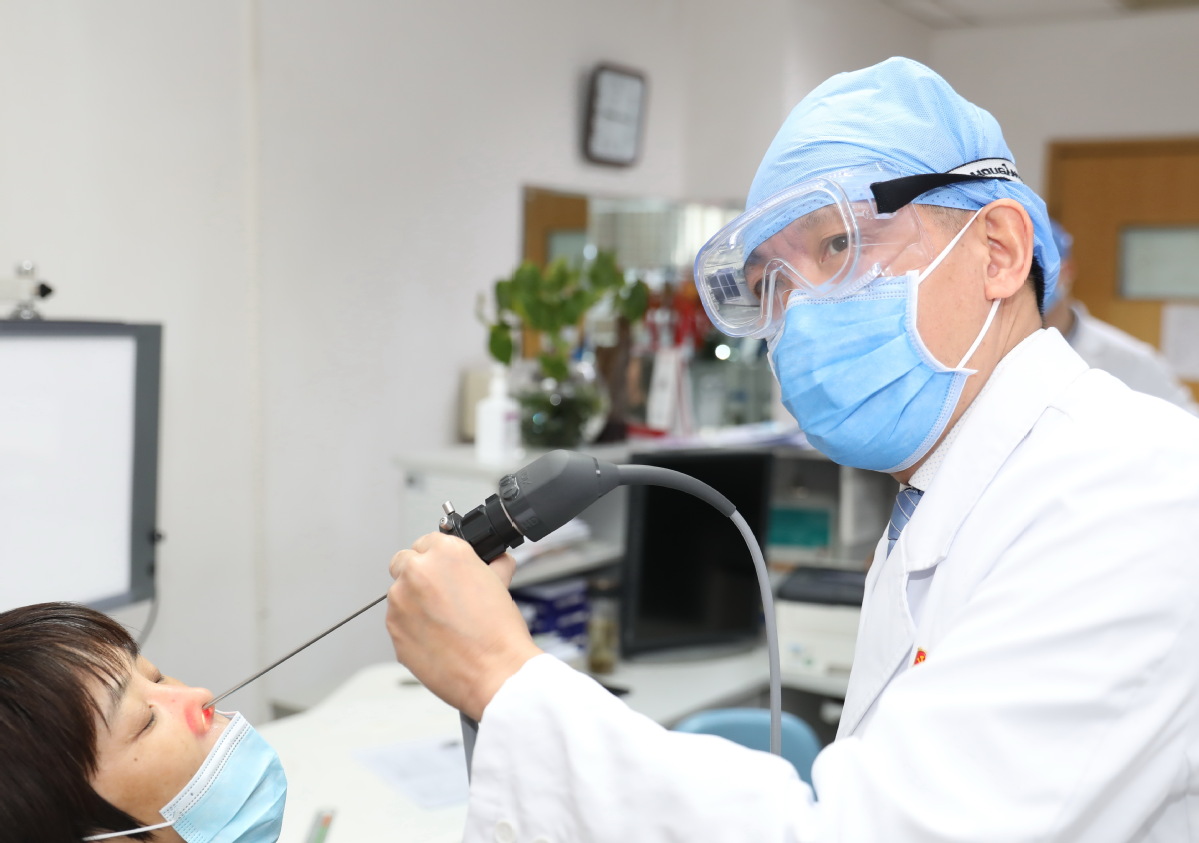Spring is bursting out all over … achoo!


As the temperature warms, leaves turn green and flowers bloom. But Beijing resident Zheng Gaoshan, 38, doesn't enjoy the spring scenery much, as outings often end up with a lot of sneezing, a stuffy runny nose and itchy swollen eyes.
Zheng is one of more than 250 million Chinese people with allergic rhinitis.
"Every year from March to April, I have to take a number of anti-allergy drugs and use nasal spray and eye drops to ease the symptoms, which seem to have worsened over the years," he said. "If I didn't take any counter measures, my eyes may not be able to open, as if they were soaked in smoke from barbecue booth."
Zheng was tested for around 30 allergens at a hospital in 2018. The result showed his allergy was caused by Sabina chinensis, a common plant in the city.
"I refuse to visit any parks or mountains during spring to keep away from the plant, but meeting them on the street is unavoidable," he said.
Every spring, when the pollen concentration rises, the nose and throat departments of hospitals will be packed, as pollen has become the major outdoor factor for many Chinese suffering from allergic rhinitis, according to a recent study by Beijing Tongren Hospital, a top hospital in the country.
Incidence of the disease has been growing in China in recent years to reach 18 percent of the population, according to the hospital's survey. Besides nose-related symptoms, it can also lead to lung disease, asthma, insomnia, anxiety and depression if not controlled properly, according to experts.
"Allergies are closely related to the economic development level of society. In less-developed countries, children contact bacteria and viruses in the environment more often, which promotes their immune system, so they are less likely to experience allergies when they grow up," said Zhang Luo, president of the hospital.
"Allergic rhinitis used to be widespread in some developed Western countries only. But the incidence has steadily increased in China, especially among children and young adults. As the economy develops, more Chinese will have the disease."




































